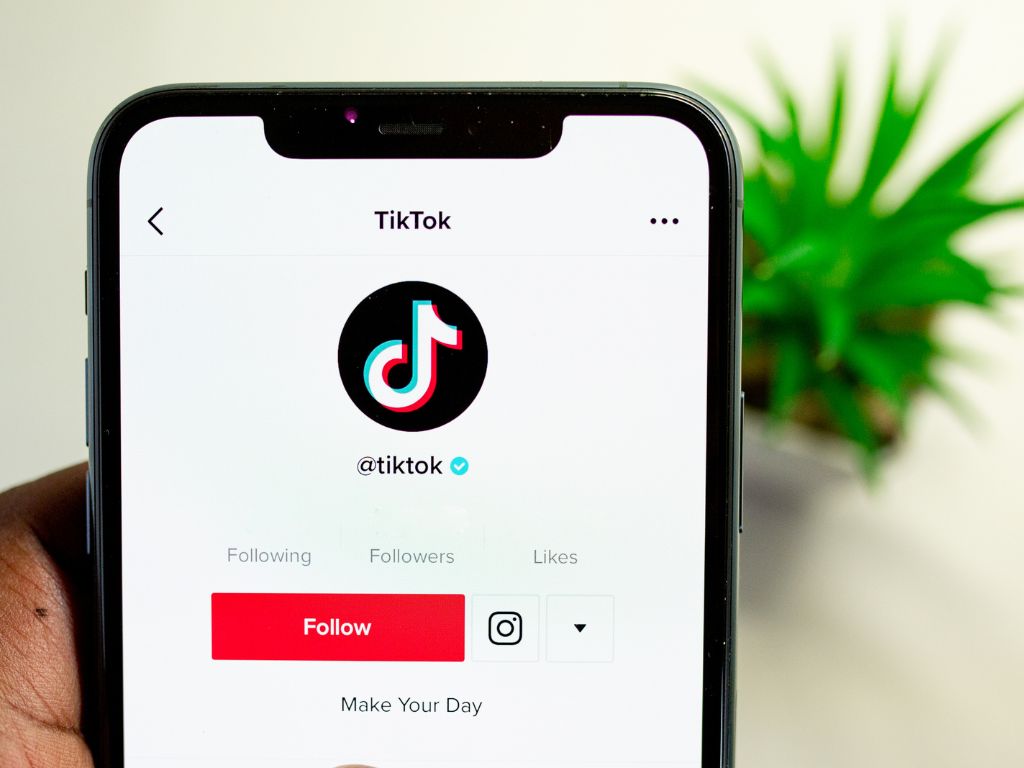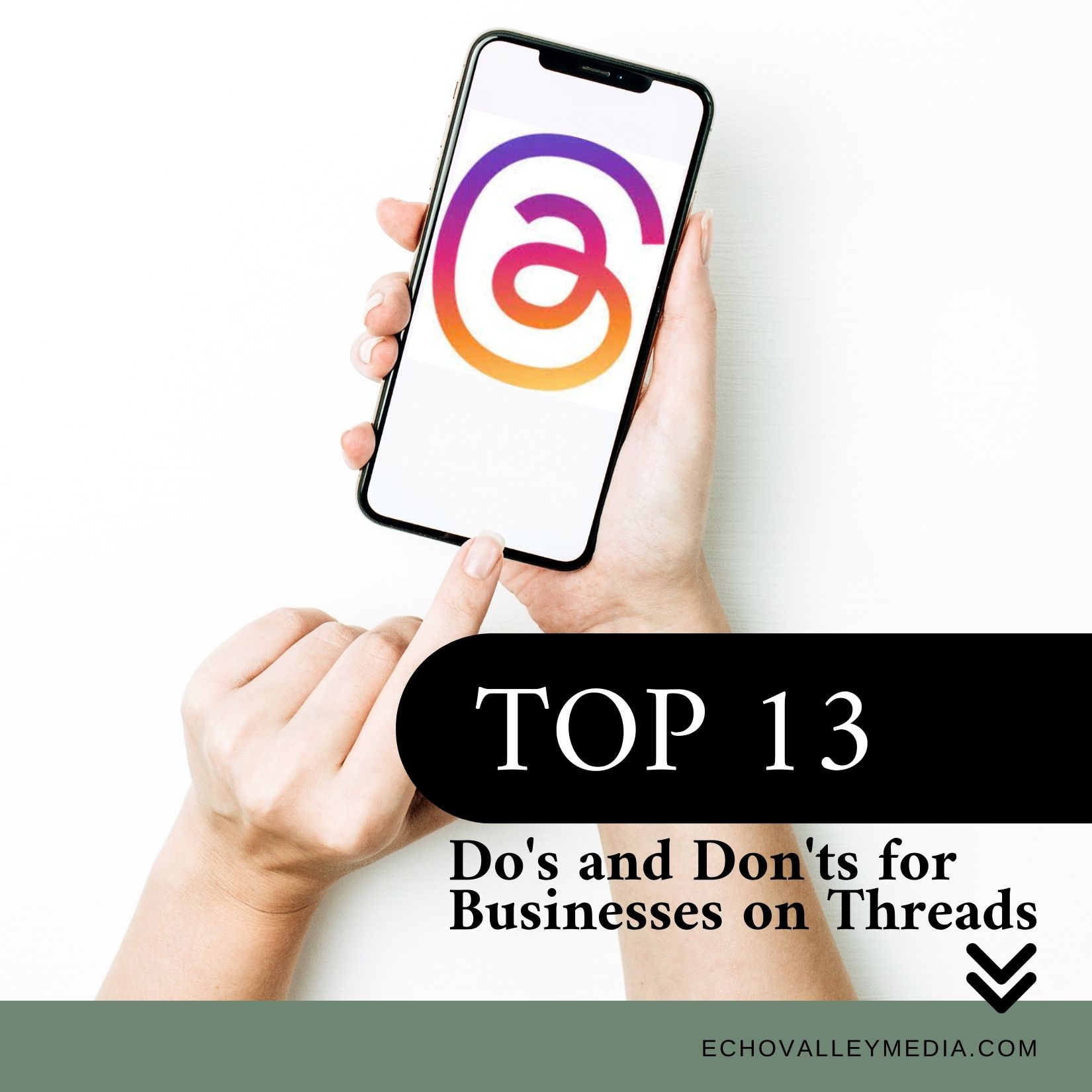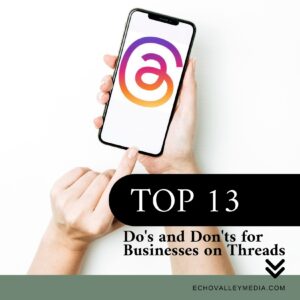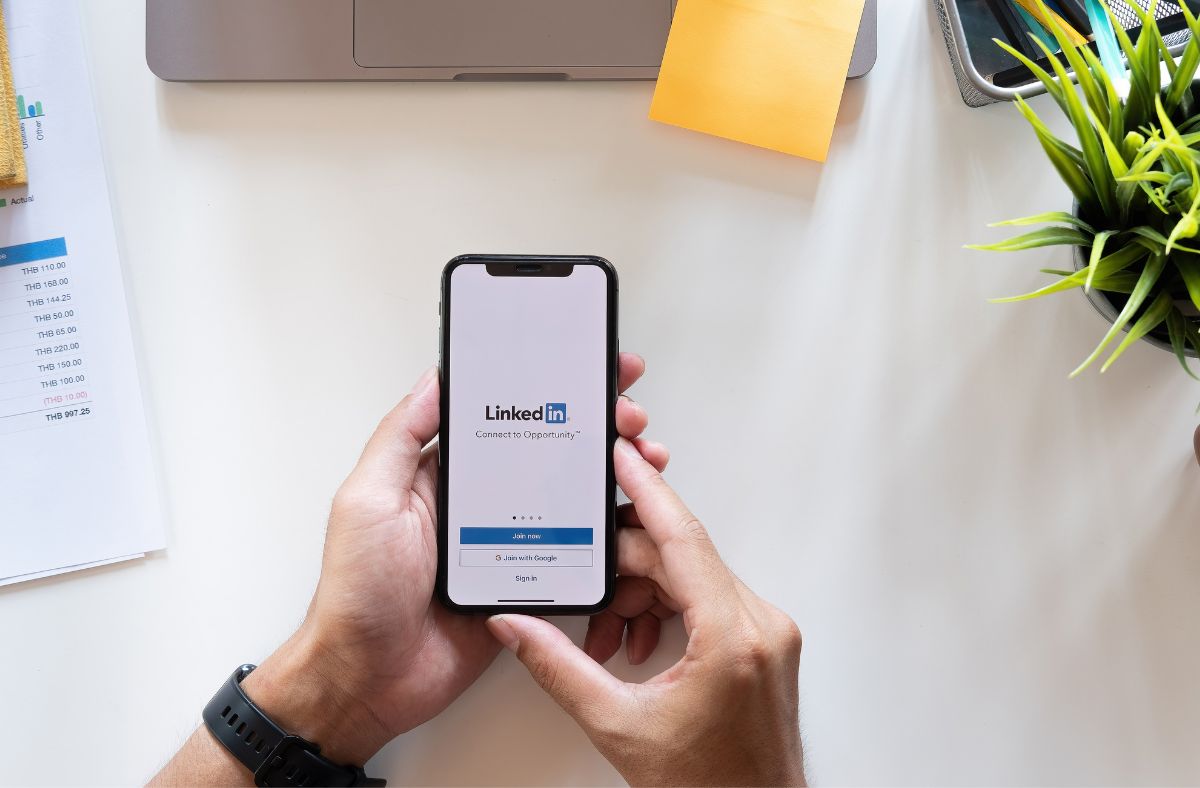10 Pro Tips to Ace Vertical Video: Mastering the Short-Form Game in 2023
In the era of quick consumption and shortened attention spans, short-form vertical videos have risen to prominence, reshaping the digital content landscape. With 66% of consumers reporting short-form video as the most engaging type of social media content in 20221, there’s never been a better time to  perfect your short-form video strategy. Here are ten tips to make your vertical videos stand out and resonate with your audience:
perfect your short-form video strategy. Here are ten tips to make your vertical videos stand out and resonate with your audience:
- Embrace Vertical Content: Designed primarily for mobile devices, most short-form video platforms favor the vertical format. This orientation ensures videos fill the entire phone screen, offering viewers an immersive and unobstructed experience. Remember, 73% of consumers prefer short-form videos to learn about products or services, making the format pivotal to user engagement.
- Keep It Short and Sweet: The essence of short-form videos lies in their brevity. While optimal lengths can vary, aiming for a duration between 5 and 90 seconds ensures content remains snappy and digestible, fitting the rapid consumption patterns of modern audiences.
- Leverage Captions: With many users browsing without sound, captions become indispensable. They not only make your videos accessible but also ensure the core message gets through, enhancing viewer engagement even in silent mode.
- Prioritize Stunning Visuals: Given that visuals often serve as the first point of engagement, it’s vital to invest in high-quality graphics, animations, and visuals. Such eye-catching elements can make your content memorable in a sea of endless scrolling.
- Narrate a Story: Even within the constraints of short-form content, storytelling has the power to emotionally resonate with viewers. A structured narrative can guide the viewer, creating a memorable journey in just a few seconds.
- Harness the Power of Audio: While visuals are paramount, audio elements like background music or sound effects can amplify the emotional impact, setting the tone and ambiance for your content, leading to a richer viewer experience.
- Dive Deep into Analytics: In a world where 90% of marketers are ramping up their short-form video budgets3, understanding your content’s performance is crucial. Use analytical tools to measure metrics like views and engagement, refining your strategy based on data-driven insights.
- Begin with a Bang: First impressions matter immensely in the digital world. Start your content with a compelling hook, whether through riveting visuals, intriguing text, or a gripping narrative, ensuring your audience remains glued to the screen.
- Repurpose Wisely: Creating fresh content can be resource-intensive. Instead, breathe new life into existing content. Utilizing previously created footage or images in innovative ways can provide fresh perspectives without exhaustive effort.
- Stay Genuine and Authentic: In an age dominated by polished content, authenticity shines through. Highlighting the genuine faces and stories behind your brand can foster deeper connections with your audience. Remember, it’s not always about groundbreaking ideas; sometimes, it’s about genuine storytelling.
Incorporating these ten tips can significantly elevate your short-form vertical video strategy, ensuring your content not only captures attention but also leaves a lasting impression.





 The Do’s and Don’ts of Threads for Businesses
The Do’s and Don’ts of Threads for Businesses
 In the social media realm, showcasing your event requires more than just a social media post filled with pictures. To truly capture the attention of your target audience, you must weave a compelling narrative around your event.
In the social media realm, showcasing your event requires more than just a social media post filled with pictures. To truly capture the attention of your target audience, you must weave a compelling narrative around your event.


